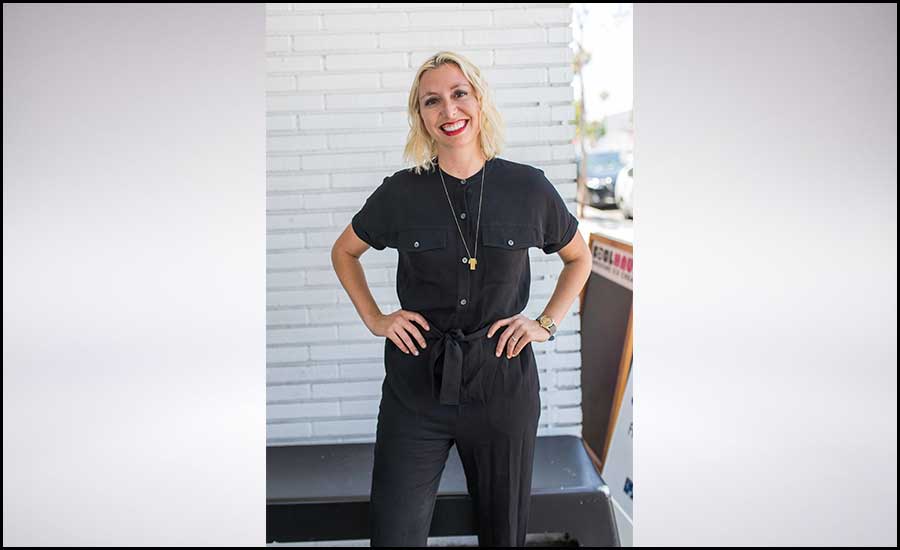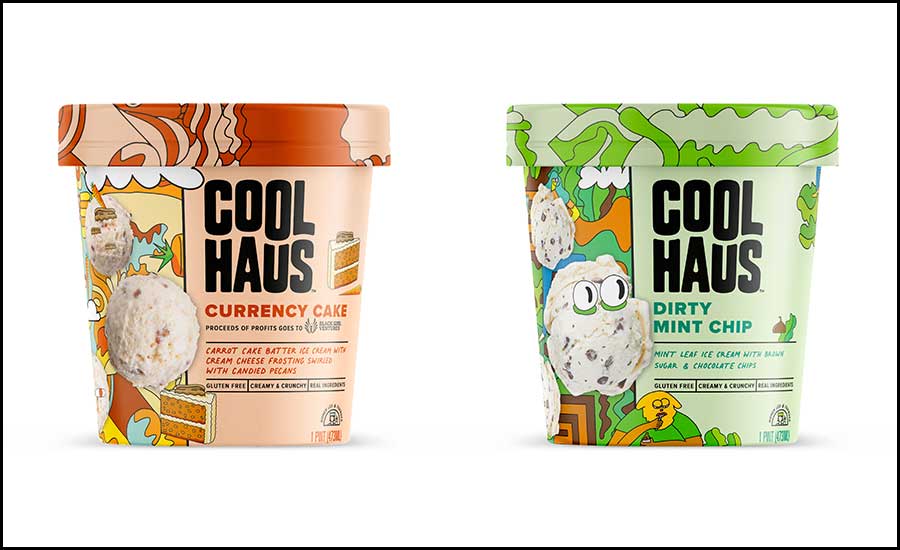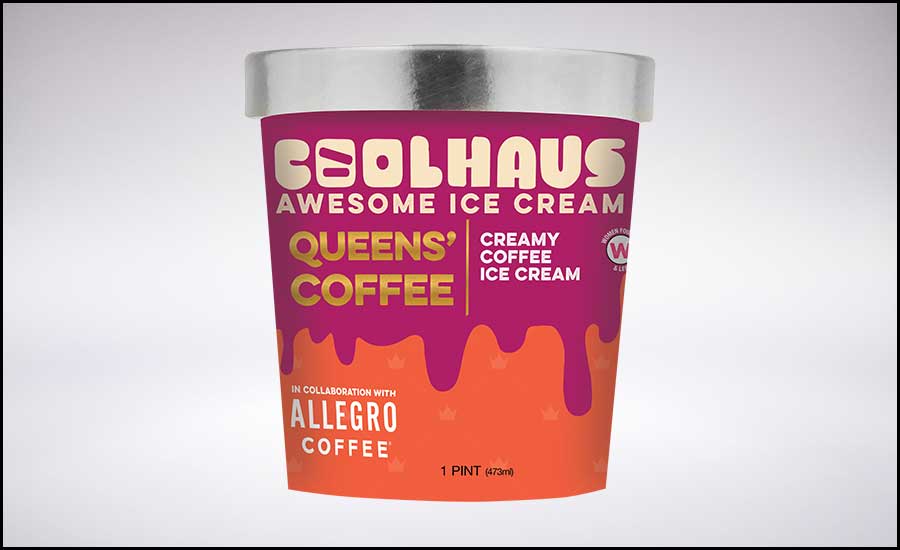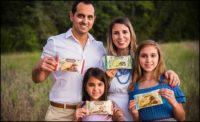Background: Los Angeles-based Coolhaus was founded in 2009 by Natasha Case and Freya Estreller, producing premium ice cream pints, sandwiches, cones and cups, along with dairy-free desserts and novelties. Today, the brand can be found in 6,000 retail outlets, as well as a stand-alone shop in Culver City, California, along with ice cream trucks in Los Angeles and New York City.
Why we started a sustainability program: We really kick-started our sustainability initiative around 2015. One of the things that got the ball rolling was making our headquarters a green-certified office experience. Once we received certification for that, our efforts expanded into our packaging and non-GMO ingredients. Our goal to be a more sustainable brand is continuous, and we plan to take things further in the next few years.

"There is no harm in pushing your business in the 'green' direction. Not only can you do something better for the environment, but it’s also a great way to drive business growth, so it’s a win-win," says Natasha Case, CEO & co-founder of Coolhaus.
What our short-term sustainability goals are: I am a bigger fan of setting smaller goals that feel achievable versus setting large goals that can feel discouraging if you feel like you are not close to reaching them. As far as short-term goals for sustainability, we’re really turning our focus on our packaging, and what we can do to move the dial to create something that’s more reusable or much more biodegradable.
As far as our mobile trucks, they are very eco-friendly. They are both energy efficient and off-the-grid, and as far as the ice cream we serve from the trucks, our packaging is made with edible paper. As we continue to grow, we look to our mobile truck project for inspiration for thinking outside of the box for the rest of the brand.
 Coolhaus plans to have a 50/50 split between regular ice cream and dairy-free products within the next two years.
Coolhaus plans to have a 50/50 split between regular ice cream and dairy-free products within the next two years.
What our long-term sustainability goals are: We launched our plant-based line as another initiative to keep our earth healthy, and we plan on being a brand that has a 50/50 split of dairy and plant-based products within the next two years.
How we source sustainably: Our only intention is to move in the direction of being stricter with our ingredient sourcing. We have a very personal connection to our vendors so that everyone is always aligned on providing quality products, and we hope to continue those connections as well as having more diverse vendors to partner with.
How we process and package sustainably: Striving to be a low-waste and energy-saving brand has always worked in our favor and proven to be very business friendly. At our ice cream shop, we use refillable ice cream tubs and all of our utensils are reusable as well.
 Coolhaus uses recyclable pint packaging for its products, as well as refillable ice-cream tubs at their retail location in Culver City, California, and edible paper for frozen treats served from the company's ice cream trucks in Los Angeles and New York City.
Coolhaus uses recyclable pint packaging for its products, as well as refillable ice-cream tubs at their retail location in Culver City, California, and edible paper for frozen treats served from the company's ice cream trucks in Los Angeles and New York City.
How we distribute sustainably: Because ice cream is very energy heavy to ship, what has really been our saving grace is on-demand delivery. Through services such as Postmates and DoorDash, it does not require dry ice and a lot of packaging.
I think finding better e-commerce and delivery systems will be super important. There’s a lot of wasteful packaging details that are not effective nor sustainable, so searching for a solution to rethink that model will be necessary.
How we let customers know we’re practicing sustainability: When it comes to packaging, it’s best to be short and to the point, saying as much as you can with one line. We turn to the web and social media to tell the whole story, using compelling copy, as well as images and videos. Partnering with brands that align with our values on sustainability is also extremely important to us.
There is no harm in pushing your business in the “green” direction. Not only can you do something better for the environment, but it’s also a great way to drive business growth, so it’s a win-win.



